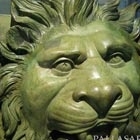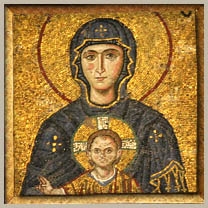Find out about what bronze patinas are, how they are applied, popular colors and finishes for railings, gates sculptures and metal art objects.


The Grand Staircase The Grand Staircase is situated in the centre of the enormous palace.Before the rebuilding of it, undertaken by the Empress Catherine II in 1779, the principal staircase was situated in the southern wing of the palace, and the centre was occupied by the luxurious Chinese Hall, to which led small wooden staircases with issues on to the square and into the garden. Catherine ordered to remove the Chinese Hall to its present place, and to pull down one small staircase. The new state staircase was made of mahogany and existed until 1860, when a magnificent marble staircase was erected in its place by the architect Monighetti, whose drawings were also taken for the ornamentation. The walls and the ceiling of the staircase are decorated with a slight modeling in the style of Louis XV and all is painted in white. Three paintings adorn the ceiling: in the center is, "The Triumph of Venus" by Joseph Viena, and at the sides "The Rape of Europe" and "Galatea", both copies from Guido Reni. In the modeling on the walls are set an immense clock and a calendar, and also Chinese and Japanese dishes. Some similar old porcelain is placed on molded brackets. The staircase has one entry, leading into the park, and one onto the square, which also faces a big open balcony, from wh ich the Empress Catherine II watched the defiling regiments, returning from reviews or maneuvers. Actually on the steps of the covered entrance, formed by this balcony, a box is arranged, in which Her Majesty now assists at the reviews. The entrance to the principal staircase from the park has been kept in the same condition, in which it was built by Rastrelli. |









